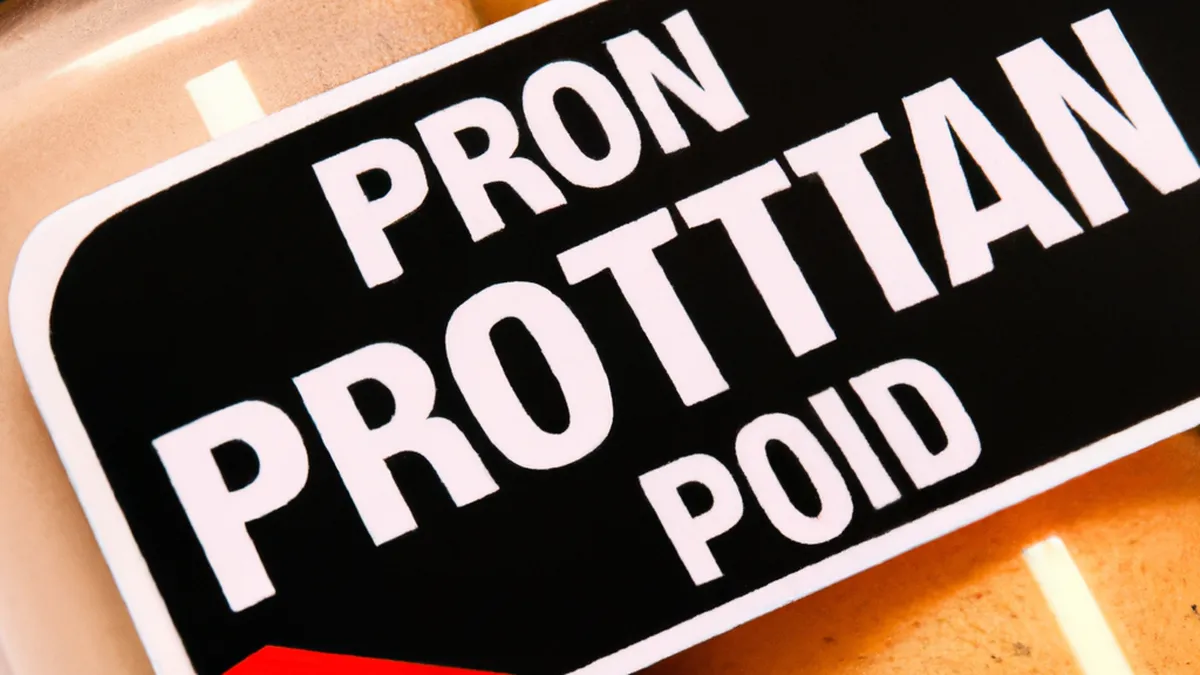Timely Protein: Fueling Athletic Performance
Tailoring Protein Timing for AthletesAthletes often seek performance advantages through training, techniques, and nutrition. One effective strategy is protein timing. Properly timing protein intake enhances recovery, muscle growth, and overall performance. This post explores how athletes can optimize protein timing for maximum benefits.
Understanding Protein Timing
Protein timing involves when you consume protein relative to training sessions. Eating protein at the right times significantly impacts muscle recovery and growth. Research shows protein works best around workout times, known as the “anabolic window.”
The Anabolic Window
The anabolic window is crucial for athletes. It usually lasts 30 minutes to two hours after a workout. During this time, muscles absorb nutrients efficiently. Consuming protein helps maximize recovery and promotes muscle synthesis.Muscle protein synthesis rebuilds and repairs muscle fibers damaged during exercise. Increased insulin sensitivity during the anabolic window aids nutrient uptake. Therefore, consuming protein ensures muscles receive essential amino acids for recovery.
Pre-Workout Protein
Pre-workout protein fuels your body effectively. Consuming protein before exercise enhances performance and reduces muscle breakdown. Aim for a protein-rich meal or shake about 30 to 60 minutes before your workout. This provides necessary amino acids during exercise.Incorporating a balanced meal before training maintains energy levels. Combining carbohydrates and protein fuels sustained performance. For example, try a meal with chicken and brown rice or a smoothie with yogurt and fruit.
Post-Workout Protein
Post-workout protein is crucial for recovery. After intense workouts, muscles need nutrients to repair and grow. Consume protein within 30 minutes after your workout. This kickstarts recovery and replenishes lost nutrients.Aim for a protein-rich snack or meal containing 20-25 grams of protein post-exercise. Options include a protein shake, Greek yogurt, or a meal with lean meat. Pairing it with carbohydrates enhances recovery by replenishing glycogen stores.
Tips for Optimal Protein Timing
As an Amazon Associate I earn from qualifying purchases.
Gear tip: consider whey protein powder, plant protein powder, and shaker bottle to support this topic.
Now that you understand protein timing, here are practical tips to optimize your intake.
Plan Your Meals
Meal planning is essential. Schedule protein-rich meals around workouts. If you train in the evening, have a protein-rich lunch beforehand. Include lean meats, dairy, or plant-based proteins in your meals. This ensures enough amino acids for workouts.Consider meal prepping to streamline nutrition. Preparing meals in advance helps you avoid last-minute decisions.
Conclusion
In summary, optimizing protein timing enhances recovery, muscle growth, and overall performance for athletes. Implement these strategies for maximum benefits.
Below are related products based on this post:
FAQ
What is protein timing?
Protein timing refers to the strategic consumption of protein in relation to workout sessions. Properly timing protein intake can significantly enhance muscle recovery, growth, and overall athletic performance.
Why is the anabolic window important?
The anabolic window is a critical period lasting 30 minutes to two hours post-workout when muscles efficiently absorb nutrients. Consuming protein during this time maximizes recovery and promotes muscle synthesis by delivering essential amino acids.
How much protein should I consume after a workout?
It is recommended to consume 20-25 grams of protein within 30 minutes after exercising. Options like a protein shake, Greek yogurt, or a meal with lean meat can effectively support recovery and replenish lost nutrients.















Post Comment